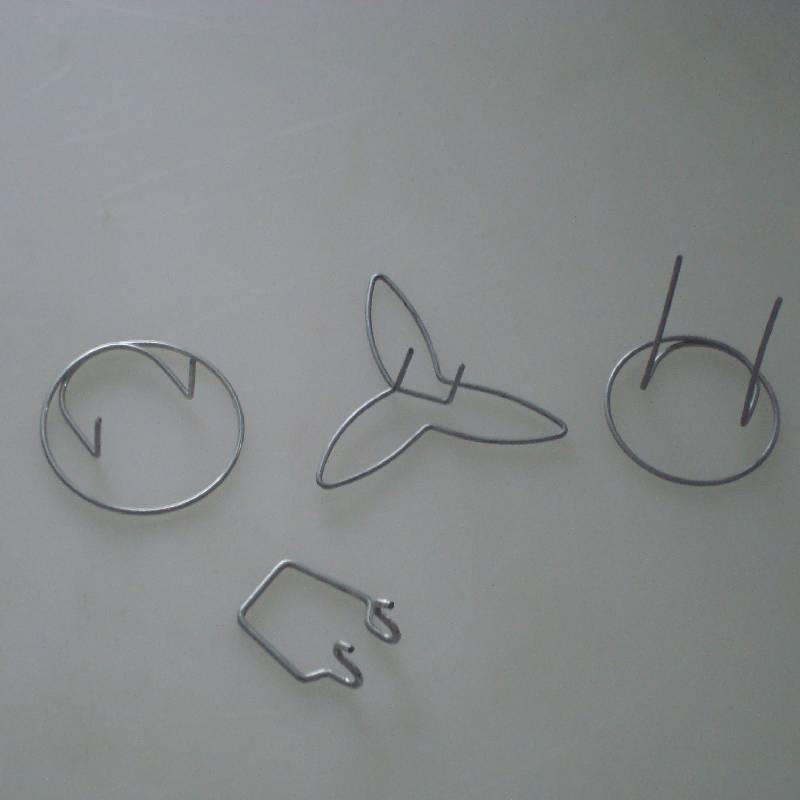
- Mobile Phone
- +8613931874955
- sales@cntcmetal.com
Exploring Effective Techniques for Reinforcing Masonry Bed Joints in Construction Projects
Masonry Bed Joint Reinforcement Enhancing Structural Integrity
Masonry construction has long been a preferred method for erecting buildings and structures due to its durability, aesthetic appeal, and thermal properties. One critical aspect of masonry design that significantly contributes to the overall integrity and resilience of a structure is the use of bed joint reinforcement. This article delves into the purpose, types, and benefits of bed joint reinforcement in masonry construction.
Understanding Bed Joint Reinforcement
Masonry is composed of individual units, such as bricks or blocks, that are bonded together using mortar. The bed joint refers to the horizontal layer of mortar that lies between these masonry units. Bed joint reinforcement consists of steel reinforcement bars or mesh that are embedded within the mortar of the bed joints. This reinforcement helps to enhance the structural performance of masonry walls by improving their tensile strength, ductility, and resistance to cracking.
Types of Bed Joint Reinforcement
There are various types of bed joint reinforcement, each designed to cater to specific structural needs. The most common forms include
1. Steel Reinforcing Bars (Rebar) Rebar is typically used in larger masonry structures to provide significant tensile strength. These bars are placed horizontally and can be tied together at intersections to create a grid-like structure that helps distribute loads evenly.
2. Welded Wire Fabric (WWF) This type of reinforcement consists of a grid of wires that are welded together at intervals. WWF is commonly used in residential masonry projects and provides improved stability and ductility.
3. Fiber-Reinforced Polymer (FRP) This is a newer option that offers excellent corrosion resistance and is lightweight compared to traditional steel reinforcements. It's often used in areas where environmental conditions may compromise steel reinforcement.
masonry bed joint reinforcement

Benefits of Bed Joint Reinforcement
The installation of bed joint reinforcement can provide several key benefits to masonry structures
1. Increased Load-Bearing Capacity By incorporating reinforcement into the bed joints, masonry walls can withstand greater loads, including those from roof structures and lateral forces due to wind or seismic activity.
2. Crack Resistance One of the most significant advantages of bed joint reinforcement is its ability to control cracking in masonry elements. As masonry walls expand and contract with temperature changes, the reinforcement helps maintain structural integrity by reducing stress concentrations.
3. Improved Flexibility Reinforced masonry allows for some level of flexibility under load without compromising the structural performance. This is particularly important in seismic regions where buildings are subjected to dynamic forces.
4. Enhanced Durability The use of suitable reinforcement materials can significantly extend the lifespan of masonry structures. For example, using corrosion-resistant materials in aggressive environments such as coastal areas assures the longevity of the structure.
5. Cost-Effectiveness While the initial investment for bed joint reinforcement may be higher than traditional masonry walls, the long-term benefits of reduced maintenance costs and increased lifespan make it a cost-effective solution in the long run.
Conclusion
In conclusion, bed joint reinforcement plays a vital role in enhancing the performance and durability of masonry structures. With various types of reinforcement available, designers and builders can choose the most appropriate option based on specific project requirements. As the construction industry continues to evolve, the importance of integrating advanced reinforcement techniques will undoubtedly increase, paving the way for safer, more resilient buildings that can withstand the challenges of time and nature. By understanding and implementing bed joint reinforcement effectively, the structural integrity of masonry construction can be significantly enhanced, ensuring durability and safety for years to come.
share:
-
Your Source for Concrete Wall Ties and Masonry AccessoriesNewsJul.10,2025
-
Unlocking the Power of Iron Wire for Every ProjectNewsJul.10,2025
-
Explore Advanced Chain Wire and Stainless Steel Mesh FencingNewsJul.10,2025
-
Discover the Benefits of Annealed Wire ProductsNewsJul.10,2025
-
Discover China Stainless Steel Wire Mesh SolutionsNewsJul.10,2025
-
Build with Confidence Using High-Performance Masonry AccessoriesNewsJul.10,2025
-
Why Sacrificial Formwork Is Redefining Underground ConstructionNewsJun.06,2025



















